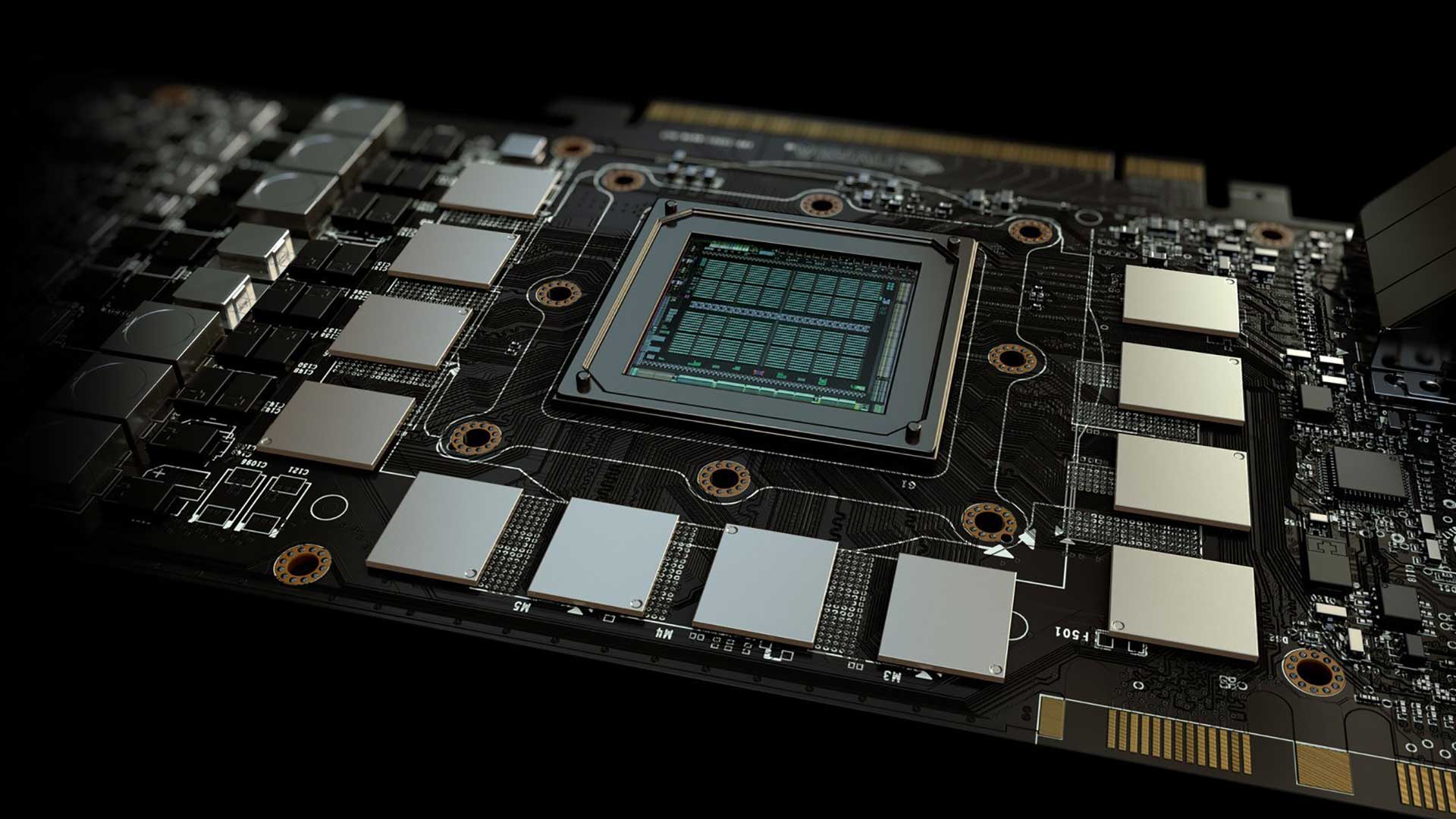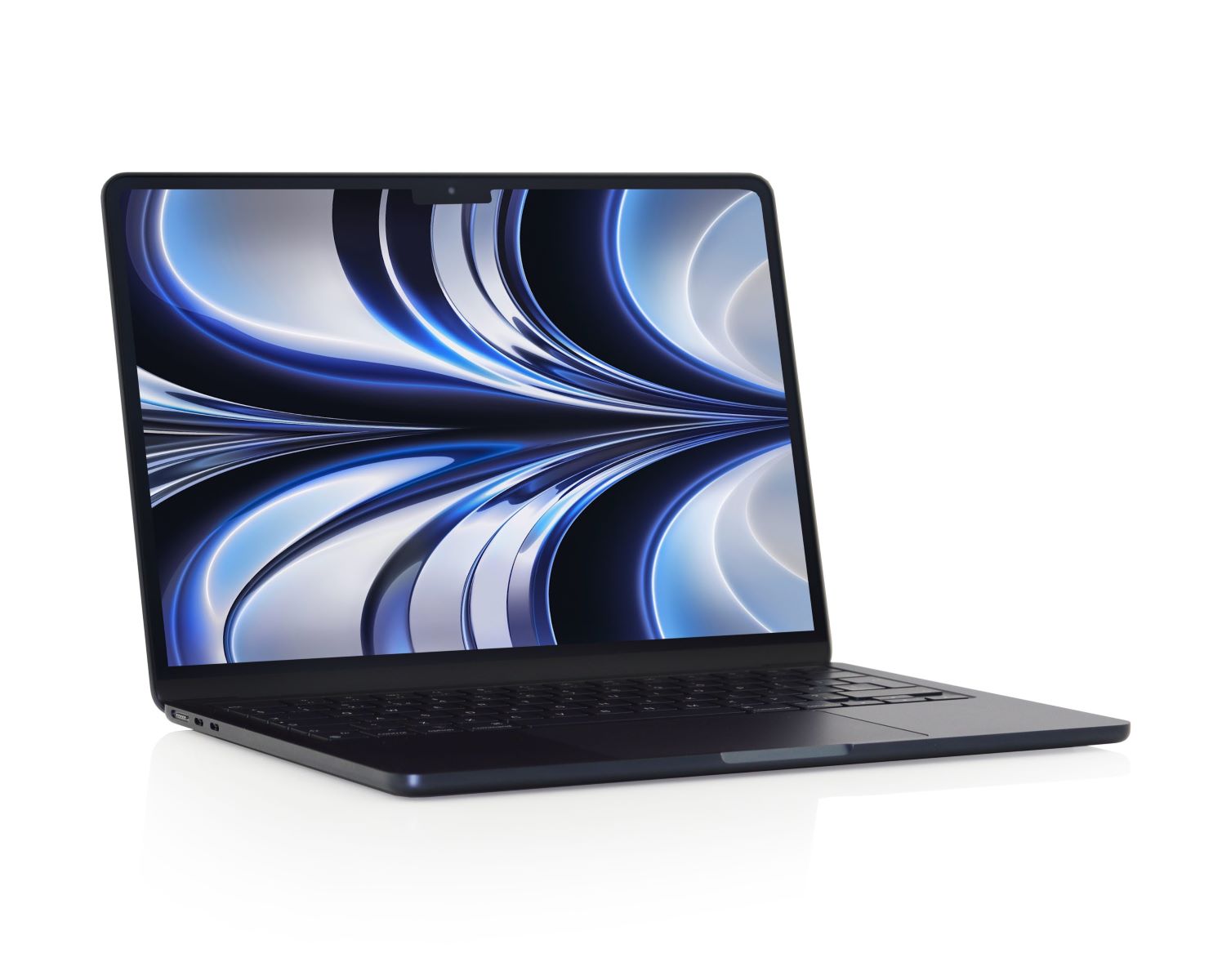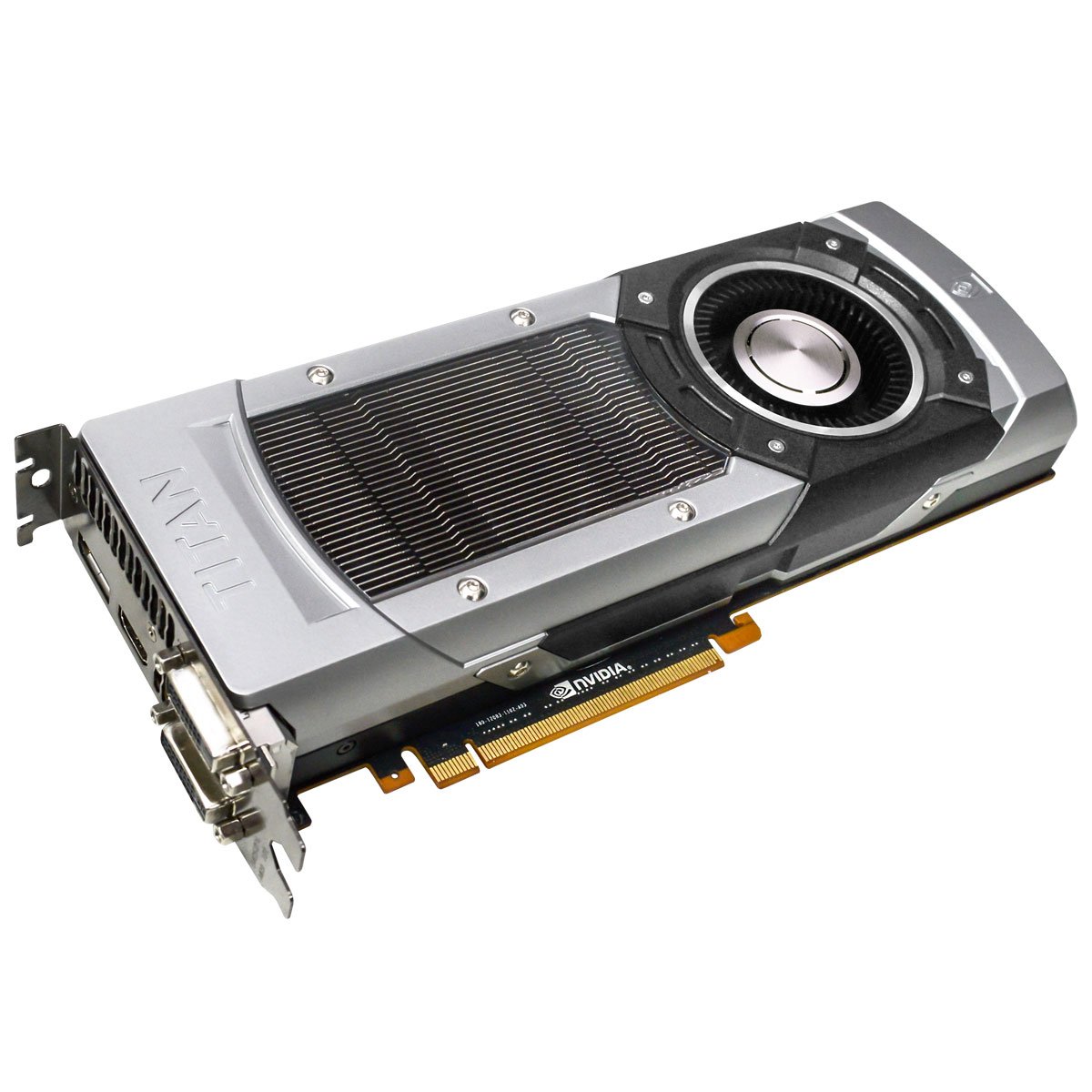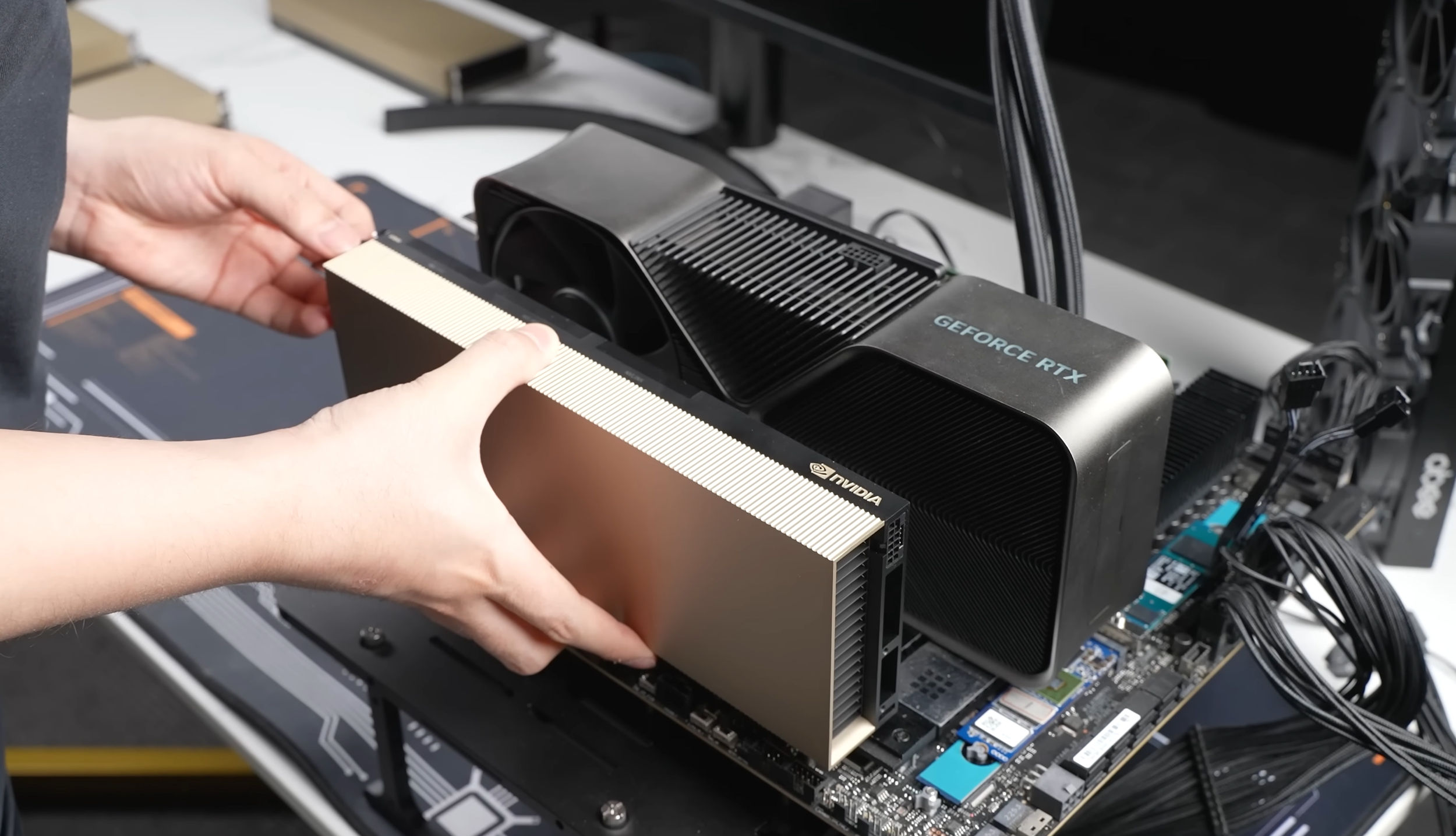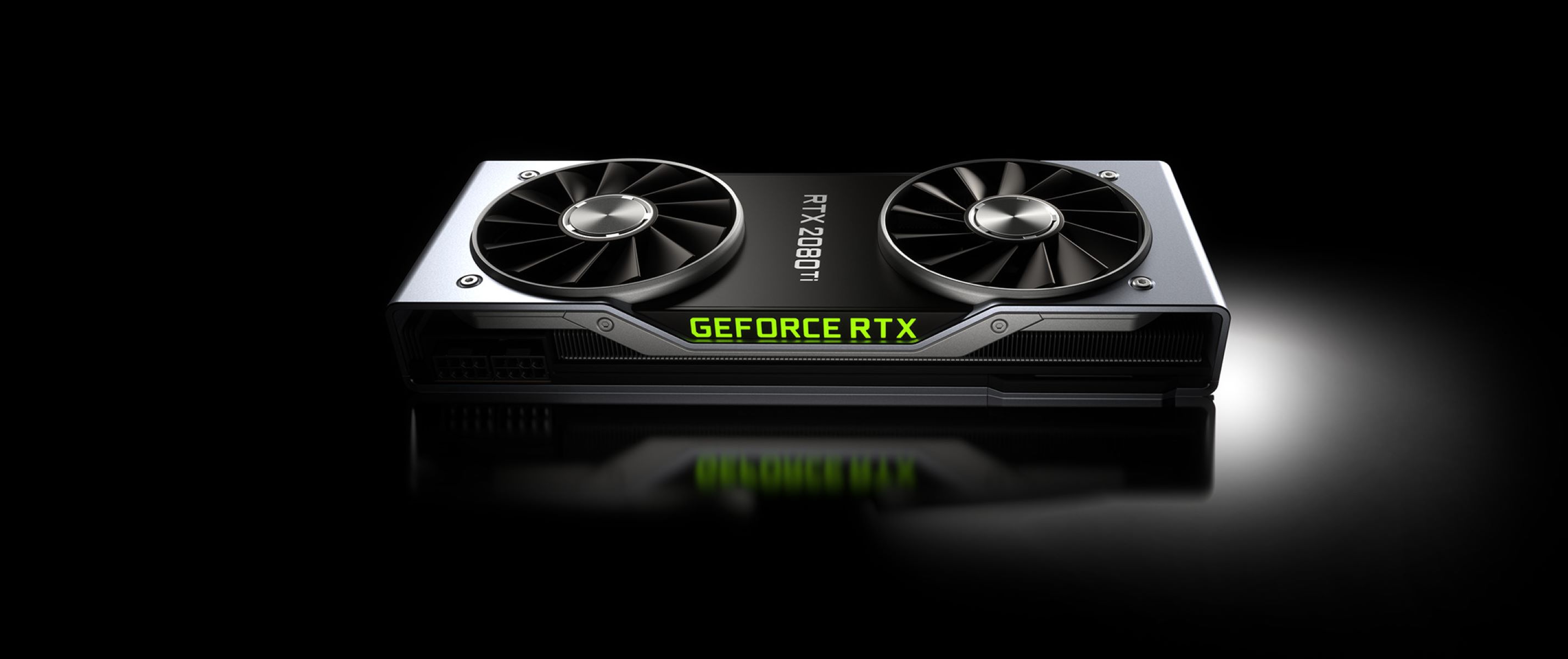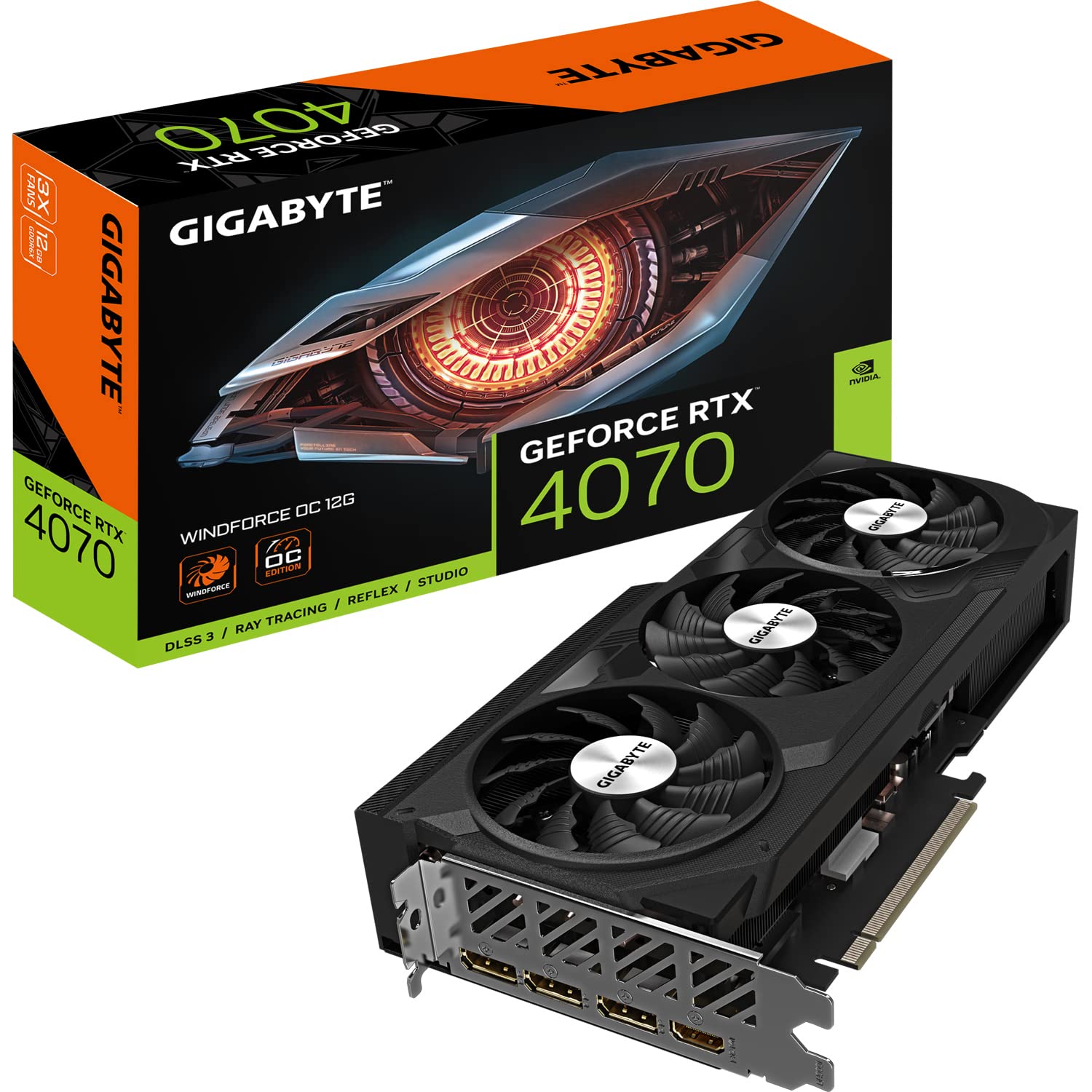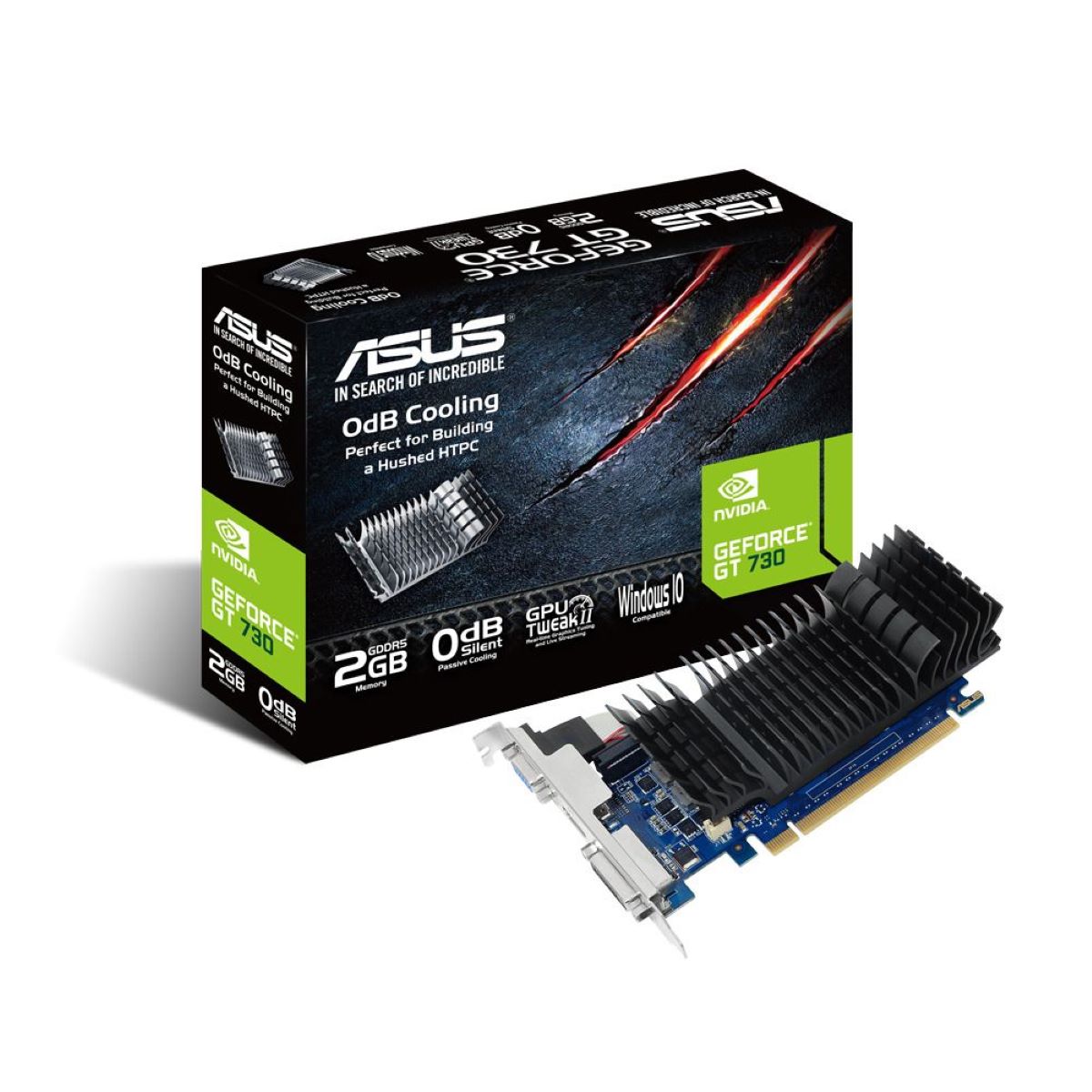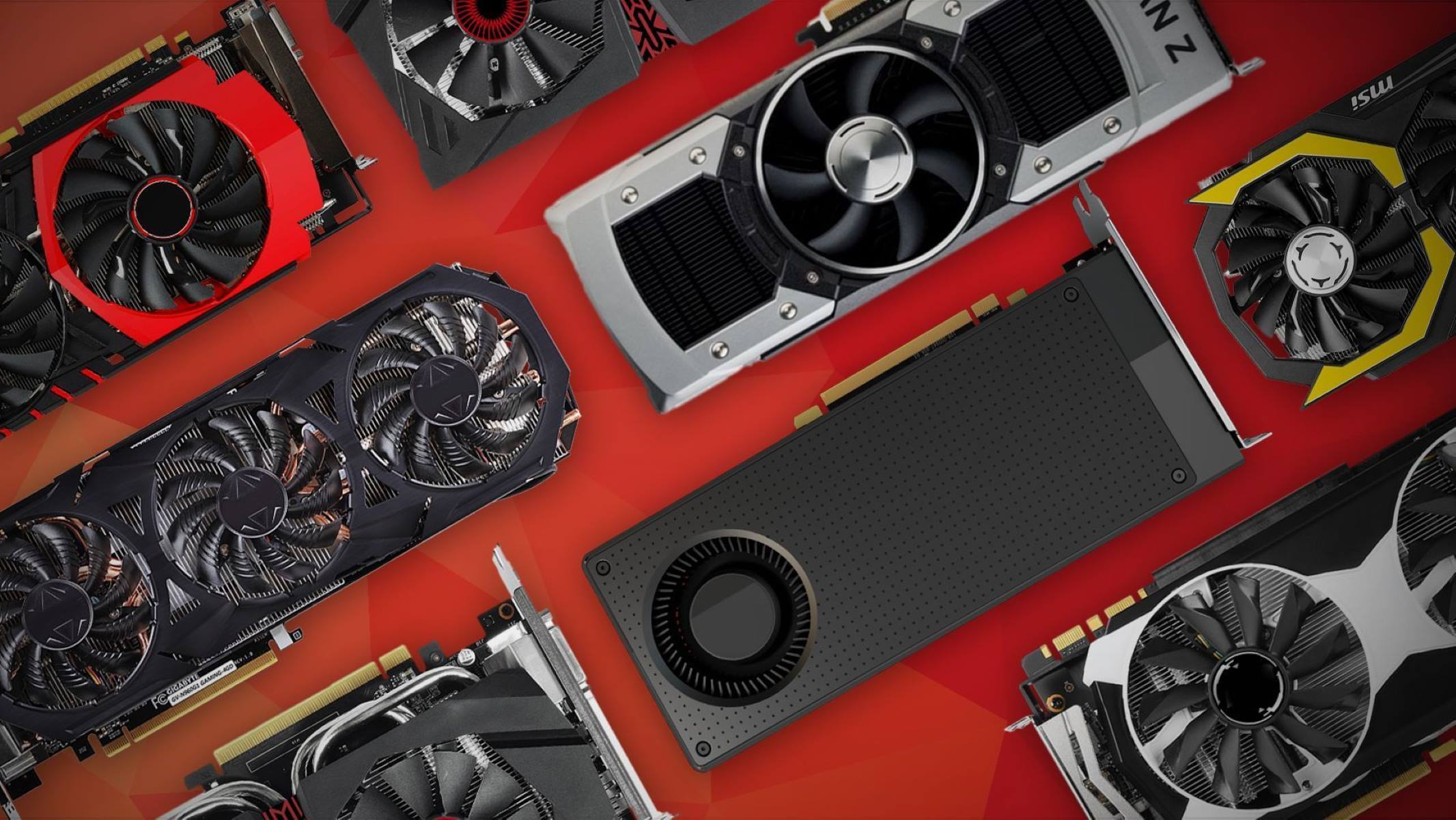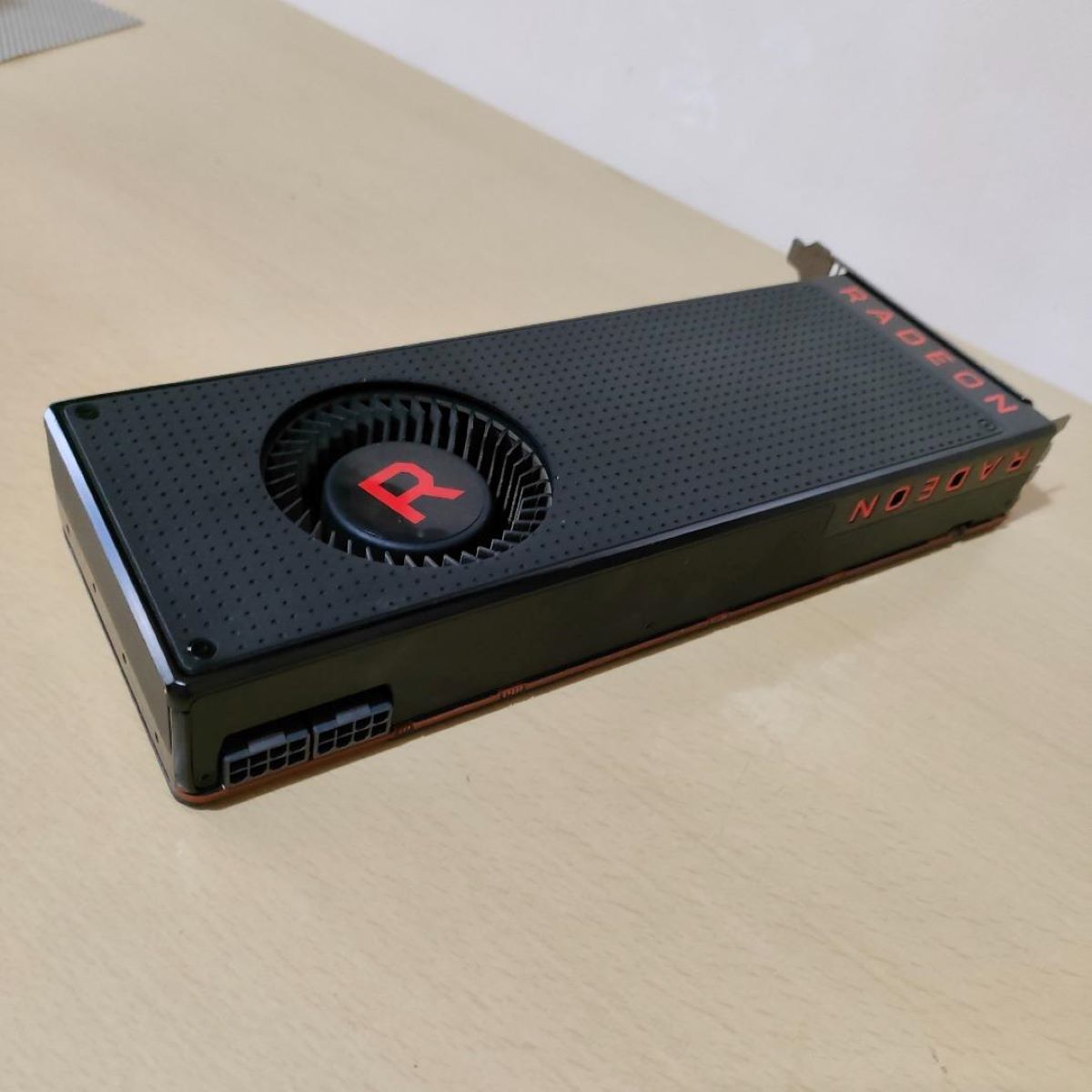Introduction
When it comes to gaming and graphics-intensive tasks, the graphics processing unit (GPU) plays a crucial role in delivering high-quality visuals and smooth performance. While most people are familiar with the concept of system memory, the role of GPU memory is often overlooked or misunderstood. GPU memory, also known as video memory or VRAM (Video Random Access Memory), is a specialized form of memory that is dedicated to the GPU and is essential for rendering and storing graphics data.
Unlike system memory, which is shared by the CPU and GPU, GPU memory is specifically designed to handle the massive amounts of data required for rendering 3D graphics, videos, and other multimedia content. It serves as a high-speed buffer between the GPU and the display, allowing for quick access to the data needed to generate and display images on the screen.
In this article, we will explore the importance of GPU memory and its role in gaming. We will also compare GPU memory to system memory, discuss GPU memory capacity, and address common issues that can arise with GPU memory. By understanding the function and significance of GPU memory, you will gain valuable insights into optimizing your gaming experience and maximizing the performance of your graphics-intensive tasks.
What is GPU Memory?
In simple terms, GPU memory refers to the dedicated memory that is built into the graphics card and is used by the GPU to store and access data required for rendering images and videos. It is a specialized form of memory that is optimized for handling the complex calculations and massive amounts of data that are required for graphics-intensive tasks.
GPU memory, often referred to as video memory or VRAM, is different from system memory (RAM) in terms of its purpose and design. While system memory is used by the CPU to store and retrieve data, GPU memory is specifically designed to cater to the unique needs of the graphics card. It is faster and more efficient in handling large amounts of data that are generated and processed by the GPU.
The size of the GPU memory determines its capacity to handle complex graphics and multimedia tasks. Higher-end graphics cards are equipped with larger amounts of memory, which allows them to handle more demanding applications and achieve better performance. However, it’s important to note that simply having more GPU memory does not automatically guarantee better performance. The efficiency and architecture of the graphics card also play a significant role in determining its overall performance.
One of the key features of GPU memory is its ability to access and process data simultaneously from multiple memory chips. This parallel processing capability enables the GPU to handle multiple tasks simultaneously, resulting in faster rendering and smoother performance. Additionally, GPU memory also incorporates various specialized features, such as texture mapping units and raster operations pipelines, which further enhance its graphics processing capabilities.
In summary, GPU memory is the dedicated memory in a graphics card that is optimized for handling complex calculations and storing data required for rendering graphics and videos. It differs from system memory in terms of purpose and design, and its capacity determines the card’s ability to handle demanding applications. Understanding GPU memory is essential for optimizing graphics-intensive tasks and ensuring an immersive gaming experience.
How Does GPU Memory Work?
To understand how GPU memory works, it’s important to grasp the concept of parallel processing. Unlike CPUs, which excel at sequential processing, GPUs are designed to handle multiple tasks simultaneously. The architecture of a GPU includes numerous cores that work in tandem to process data in parallel. This parallel processing capability is one of the primary reasons why GPUs are so efficient at handling graphics-intensive tasks.
When a GPU is rendering graphics or videos, it needs to access and manipulate large amounts of data in real-time. This is where GPU memory comes into play. GPU memory acts as a high-speed buffer that stores the data needed for these tasks. It allows the GPU to access the necessary information quickly and efficiently, resulting in smooth and lag-free visuals.
GPU memory works by storing three main components: the frame buffer, textures, and shading information. The frame buffer, or the back buffer, stores the final rendered image before it is displayed on the screen. Textures are essential for adding details and realism to objects in a 3D environment. Lastly, shading information includes shaders, which control how light interacts with objects and surfaces in a scene.
When the GPU needs to render an image or video, it retrieves the necessary data from its memory. This retrieval process is much faster than if the GPU had to pull the data from system memory. The GPU processes the data, performs complex calculations, and generates the final image that gets stored in the frame buffer. This image is then sent to the display for users to see.
It’s worth noting that GPU memory is not only used for rendering graphics but also for performing other tasks such as AI processing, cryptocurrency mining, and video editing. Each of these tasks requires the GPU to access and manipulate large amounts of data, and having dedicated GPU memory ensures optimal performance and efficiency.
In summary, GPU memory allows the GPU to store and access the necessary data for rendering graphics and videos. It works in parallel with the GPU’s processing cores to handle large amounts of data efficiently. By having dedicated memory, the GPU can access data quickly, resulting in smooth visuals and enhanced performance across various graphics-intensive tasks.
The Role of GPU Memory in Gaming
GPU memory plays a critical role in gaming by ensuring smooth and immersive gameplay experiences. When playing graphically demanding games, the GPU needs to process and render complex 3D graphics in real-time. This requires quick access to the necessary data, which is made possible by the dedicated GPU memory.
One of the primary functions of GPU memory in gaming is storing and accessing textures. Textures are 2D images that are applied to 3D objects in a game to add detail, color, and realism. These textures can range from character designs to environmental elements such as landscapes and buildings. Without sufficient GPU memory, the GPU would struggle to load and apply these textures efficiently, resulting in slow rendering and poor visual quality.
GPU memory also plays a crucial role in handling the frame buffer. The frame buffer stores the complete image that is displayed on the screen. In fast-paced games, the GPU needs to continuously render and update the frame buffer to reflect the player’s actions in real-time. Insufficient GPU memory can lead to frame drops, laggy gameplay, and visual artifacts, negatively affecting the overall gaming experience.
Additionally, GPU memory is responsible for storing and handling the shading information in a game. Shaders control the way light interacts with objects and surfaces, making them look more realistic. GPU memory allows for quick access to these shaders, enabling efficient lighting calculations and enhancing the game’s visual quality.
The role of GPU memory becomes even more crucial in modern gaming, where realistic graphics and high resolutions are becoming the norm. Games are utilizing advanced rendering techniques, such as ray tracing, which require significant memory bandwidth and capacity. With larger and more detailed game worlds, the demand for GPU memory continues to increase in order to deliver stunning visuals and immersive gameplay.
In summary, GPU memory is vital for gaming as it enables quick access to textures, efficient handling of the frame buffer, and smooth rendering of shading information. With the ever-increasing demands of graphically intense games, having an adequate amount of GPU memory ensures better performance, improved visual quality, and an overall immersive gaming experience.
GPU Memory vs. System Memory
GPU memory and system memory serve different purposes and are designed to handle different types of data in a computer system. Understanding the differences between the two is essential for optimizing performance in graphics-intensive tasks such as gaming.
System memory, also known as RAM (Random Access Memory), is a general-purpose memory that is shared by the CPU and GPU. It stores data that is actively used by the computer’s operating system, applications, and background processes. System memory plays a crucial role in multitasking, allowing the CPU and GPU to communicate and exchange data effectively. It also stores temporary data and cached files to improve system performance.
On the other hand, GPU memory is dedicated memory that is exclusively used by the graphics card. It is optimized for handling large amounts of data required for rendering complex 3D graphics and videos. GPU memory plays a critical role in storing textures, managing the frame buffer, and handling shading information, as discussed in the previous sections.
While both GPU memory and system memory are essential for a smoothly functioning computer system, their capacities and characteristics differ significantly. System memory tends to have larger capacities, often ranging from several gigabytes to tens or even hundreds of gigabytes, depending on the system configuration. This is because the CPU needs to handle a wide range of tasks simultaneously and requires sufficient memory to store and process data efficiently.
On the other hand, GPU memory typically has smaller capacities compared to system memory. Most graphics cards offer between 4 to 16 gigabytes of GPU memory, although high-end gaming models can go even higher. This is because the GPU primarily focuses on handling graphics-related tasks and therefore requires a relatively smaller amount of dedicated memory.
Another key difference between GPU memory and system memory is their bandwidth. GPU memory is designed to provide high-speed data access to the graphics card for seamless rendering and image processing. In contrast, system memory has a lower bandwidth but a larger capacity, as it needs to cater to a wider range of computing tasks.
To optimize performance, it is crucial to strike a balance between GPU memory and system memory. While a higher amount of GPU memory can help in handling more demanding graphics tasks, it is essential to ensure that the system memory is also sufficient to support other computing tasks. This can be particularly important in multitasking scenarios, where the CPU and GPU need to share memory resources effectively.
In summary, GPU memory and system memory serve different purposes and have different characteristics. GPU memory is dedicated memory used exclusively by the graphics card for handling graphics-related tasks, while system memory is general-purpose memory shared by the CPU and GPU. Understanding the differences between GPU memory and system memory allows for effective utilization of computing resources and optimization of performance in various applications, including gaming.
Understanding GPU Memory Capacity
GPU memory capacity refers to the amount of dedicated memory available on your graphics card. It plays a significant role in determining the card’s ability to handle graphics-intensive tasks, such as gaming or 3D rendering. Understanding GPU memory capacity is crucial for optimizing performance and ensuring smooth gameplay or rendering experiences.
The capacity of GPU memory is typically measured in gigabytes (GB). The more memory your graphics card has, the more data it can store and access quickly, resulting in improved performance and visual quality. However, it’s important to note that simply having more GPU memory does not guarantee better performance in all scenarios.
The appropriate GPU memory capacity depends on the specific requirements of the applications or games you use. Less demanding games or applications may work well with lower amounts of GPU memory, while newer and more graphically intensive games may require higher capacities to deliver optimal performance. It’s always advisable to check the recommended system requirements of the software you intend to use as a guideline for determining the appropriate GPU memory capacity.
In addition to the demands of software, the display resolution you use also affects the required GPU memory capacity. Higher resolutions, such as 4K or ultra-wide displays, require more memory to store and render pixels, resulting in increased GPU memory usage. Therefore, if you are using a higher resolution display, it’s advisable to opt for a graphics card with a larger memory capacity to ensure smooth performance and avoid potential issues like stuttering or dropped frames.
Another factor to consider when understanding GPU memory capacity is future-proofing your system. As technology advances, newer games and applications will likely have higher memory requirements. Investing in a graphics card with a higher memory capacity can help future-proof your system and ensure it remains capable of handling upcoming software releases.
It’s important to note that GPU memory capacity is different from the overall system memory (RAM) capacity. While system memory is crucial for overall system performance and multitasking, GPU memory specifically caters to graphics-related tasks and does not directly impact system performance or general computing tasks.
In summary, understanding GPU memory capacity is essential for optimizing performance in graphics-intensive tasks. It depends on the specific requirements of the software you use and the display resolution you work with. Investing in a graphics card with an appropriate memory capacity helps ensure smooth performance and future-proof your system in the face of evolving software demands.
Managing GPU Memory
Managing GPU memory is crucial for optimizing performance in graphics-intensive tasks and ensuring that your graphics card operates efficiently. By properly managing GPU memory, you can prevent performance issues such as stuttering, frame drops, and overall slowdowns. Here are some tips to effectively manage GPU memory:
1. Monitor GPU Memory Usage: Use monitoring software to keep an eye on your GPU memory usage. This will help you identify any potential bottlenecks or excessive memory usage. Monitoring tools like MSI Afterburner or GPU-Z provide real-time information about GPU memory usage, temperature, and other vital statistics.
2. Close Unnecessary Applications: Before starting a graphics-intensive task, close any unnecessary applications running in the background. This will free up GPU memory for the primary task and prevent memory contention issues.
3. Optimize In-Game Settings: Adjusting in-game settings can significantly impact GPU memory usage. Lowering graphics settings, such as texture quality or anti-aliasing, can reduce the amount of memory required for rendering, freeing up resources for other tasks.
4. Use Efficient Textures and Models: Optimized textures and models can help reduce the memory footprint of your graphics-intensive tasks. Use compressed or lower-resolution textures and models whenever possible to conserve GPU memory.
5. Keep GPU Drivers Updated: Regularly update your GPU drivers to ensure the best performance and compatibility. Updated drivers often include performance optimizations and bug fixes that can improve GPU memory management.
6. Consider GPU Memory Overclocking: Overclocking your GPU memory can improve its bandwidth and performance. However, overclocking should be done cautiously and with proper knowledge, as it can also lead to instability or overheating. Make sure to follow proper overclocking guidelines and monitor your GPU’s temperature to prevent any damage.
7. Upgrade to a Graphics Card with Higher Memory: If you consistently encounter GPU memory limitations while running graphics-intensive tasks, you may consider upgrading to a graphics card with a higher memory capacity. This will provide more headroom for demanding applications and ensure smoother performance.
By following these management tips, you can optimize GPU memory usage and ensure a smoother and more efficient graphics computing experience. Remember to regularly monitor your GPU memory usage and adjust settings or upgrade hardware as necessary to meet the demands of your applications and games.
Common Issues with GPU Memory
While GPU memory is essential for graphics-intensive tasks, there are several common issues that users may encounter related to GPU memory. Understanding these issues can help troubleshoot problems and ensure optimal performance. Here are some common issues with GPU memory:
1. Insufficient GPU Memory: One of the most common issues is having insufficient GPU memory for the tasks at hand. This can result in performance problems, including stuttering, frame drops, or even crashes. Insufficient GPU memory may occur when running graphics-intensive applications with high-resolution textures or when using multiple displays. Upgrading to a graphics card with a larger memory capacity can alleviate this issue.
2. Memory Leaks: Memory leaks can occur when a program or driver fails to release memory after it is no longer needed. This can gradually consume GPU memory, leading to performance degradation over time. Keeping GPU drivers up to date and regularly restarting your system can help minimize memory leak issues.
3. Memory Fragmentation: Similar to memory fragmentation in system memory, GPU memory can also suffer from fragmentation. This occurs when small blocks of free memory are scattered throughout the GPU memory, making it harder to allocate larger contiguous memory blocks for tasks. Fragmentation can impact GPU performance and should be minimized by using efficient memory management techniques and periodically restarting the system.
4. VRAM Allocation Errors: In some cases, programs or games may fail to allocate the required amount of VRAM, resulting in allocation errors. This can occur if the VRAM capacity is exceeded or if there are limitations imposed by the graphics card or driver. Updating the software to the latest version or adjusting in-game settings to reduce VRAM usage can help resolve this issue.
5. GPU Memory Overclocking Issues: Overclocking GPU memory can result in stability issues if not done properly. Overclocking beyond the stable limits of the graphics card can lead to crashes, artifacts, or even physical damage. It is important to follow proper overclocking guidelines, monitor temperatures, and perform stress tests to ensure stability.
6. GPU Memory Heatsink or Fan Issues: Inadequate cooling for GPU memory can lead to overheating, which can cause performance degradation and potential hardware damage. Ensure that the GPU heatsink and fans are clean and functional to maintain proper cooling. Consider installing additional cooling solutions, such as aftermarket heatsinks or fans, if necessary.
Addressing these common issues with GPU memory requires a combination of proper maintenance, software updates, and hardware considerations. Regularly monitoring GPU memory usage, keeping drivers up to date, and maintaining optimal cooling are essential practices for ensuring smooth performance and maximizing the lifespan of your graphics card.
Conclusion
In conclusion, GPU memory is a crucial component for handling graphics-intensive tasks such as gaming, rendering, and video editing. It provides dedicated memory for the GPU to store and access data quickly, resulting in smooth performance and high-quality visuals.
Understanding GPU memory and its role in gaming is essential for optimizing performance. GPU memory differs from system memory in terms of purpose, design, and capacity. While system memory is used for general computing tasks, GPU memory focuses specifically on graphics-related tasks.
GPU memory capacity plays a vital role in determining the performance of a graphics card. It is important to consider the specific requirements of the applications or games you use, as well as the display resolution you work with. Upgrading to a graphics card with an appropriate memory capacity ensures smooth performance and future-proofing your system.
Managing GPU memory effectively is crucial for maintaining optimal performance. This includes monitoring GPU memory usage, closing unnecessary applications, optimizing in-game settings, using efficient textures and models, updating GPU drivers, considering GPU memory overclocking (with caution), and ensuring adequate cooling for the graphics card.
Common issues with GPU memory, such as insufficient memory, memory leaks, or VRAM allocation errors, can impact performance and should be addressed through software updates, hardware considerations, and proper maintenance.
By understanding GPU memory and implementing effective management strategies, users can ensure smooth and immersive gaming experiences, seamless rendering, and efficient graphics processing. Remember to regularly monitor GPU memory usage, stay updated with drivers, and make informed decisions when upgrading hardware to meet the demands of modern graphics applications.







